World War II
1/33
Earn XP
Description and Tags
Name | Mastery | Learn | Test | Matching | Spaced |
|---|
No study sessions yet.
34 Terms
Axis Powers
The coalition led by Germany, Italy, and Japan during World War II, which opposed the Allied Powers.
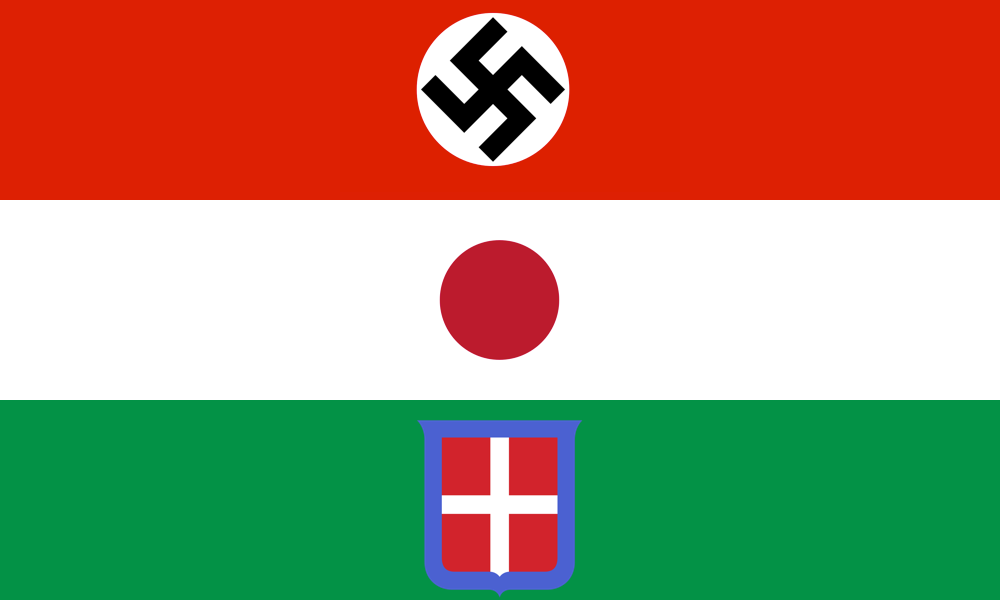
Allied Powers
The coalition of nations, including the United States, the Soviet Union, the United Kingdom, and France, that opposed the Axis Powers during World War II.
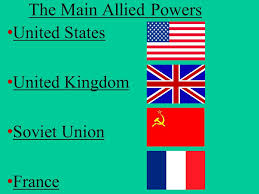
Winston Churchill
The Prime Minister of the United Kingdom during most of World War II, known for his pro-war leadership and oratory skills that promoted the refusal to give in, even when things were going badly.
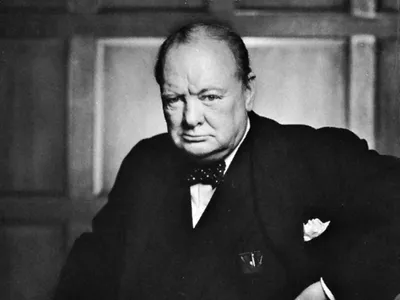
German-Soviet Nonaggression Pact
A treaty signed in 1939 in which Germany and the Soviet Union agreed not to attack each other and secretly divided Eastern Europe between them.
Blitzkrieg
German word meaning ‘Lightning War,’ A fast and intense military attack strategy used by Germany during World War II, characterized by quick, coordinated strikes involving infantry, tanks, and air support to overwhelm the enemy.
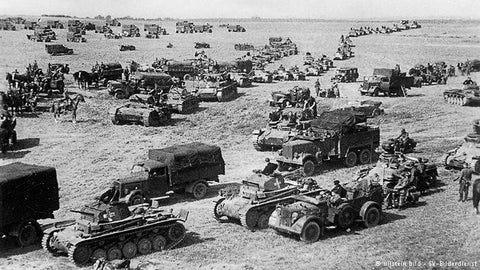
Lend-Lease Act
A U.S. policy enacted in 1941 that allowed the President to supply allied nations with war material and support, effectively aiding them without direct military involvement.
Rosie the Riveter
A cultural icon in the United States representing women who worked in factories and shipyards during World War II, symbolizing female economic power and the contributions of women to the war effort.
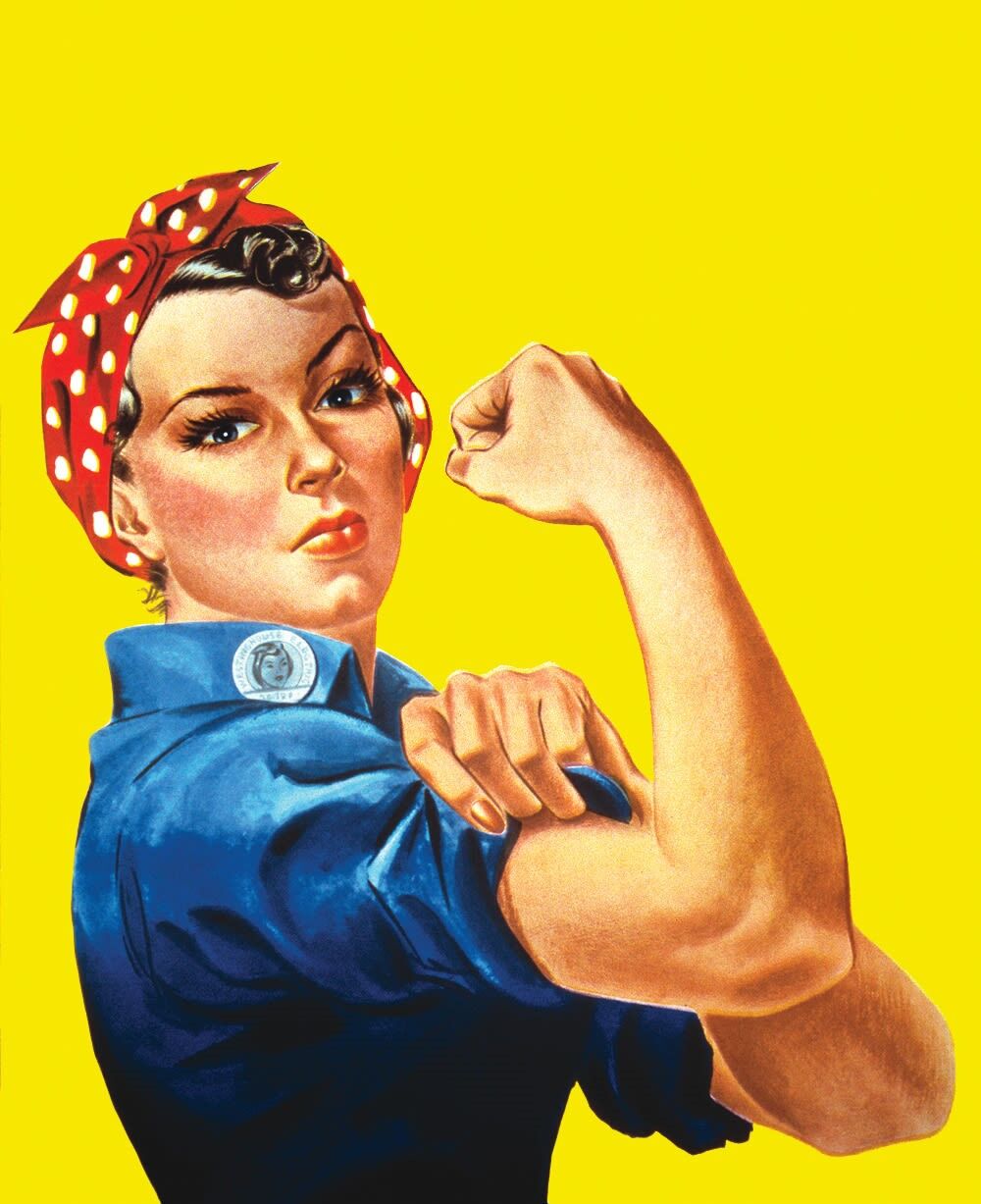
Pearl Harbor
A U.S. Navy base located in Hawaii that was attacked by Japanese forces on December 7, 1941, leading the United States to enter World War II.
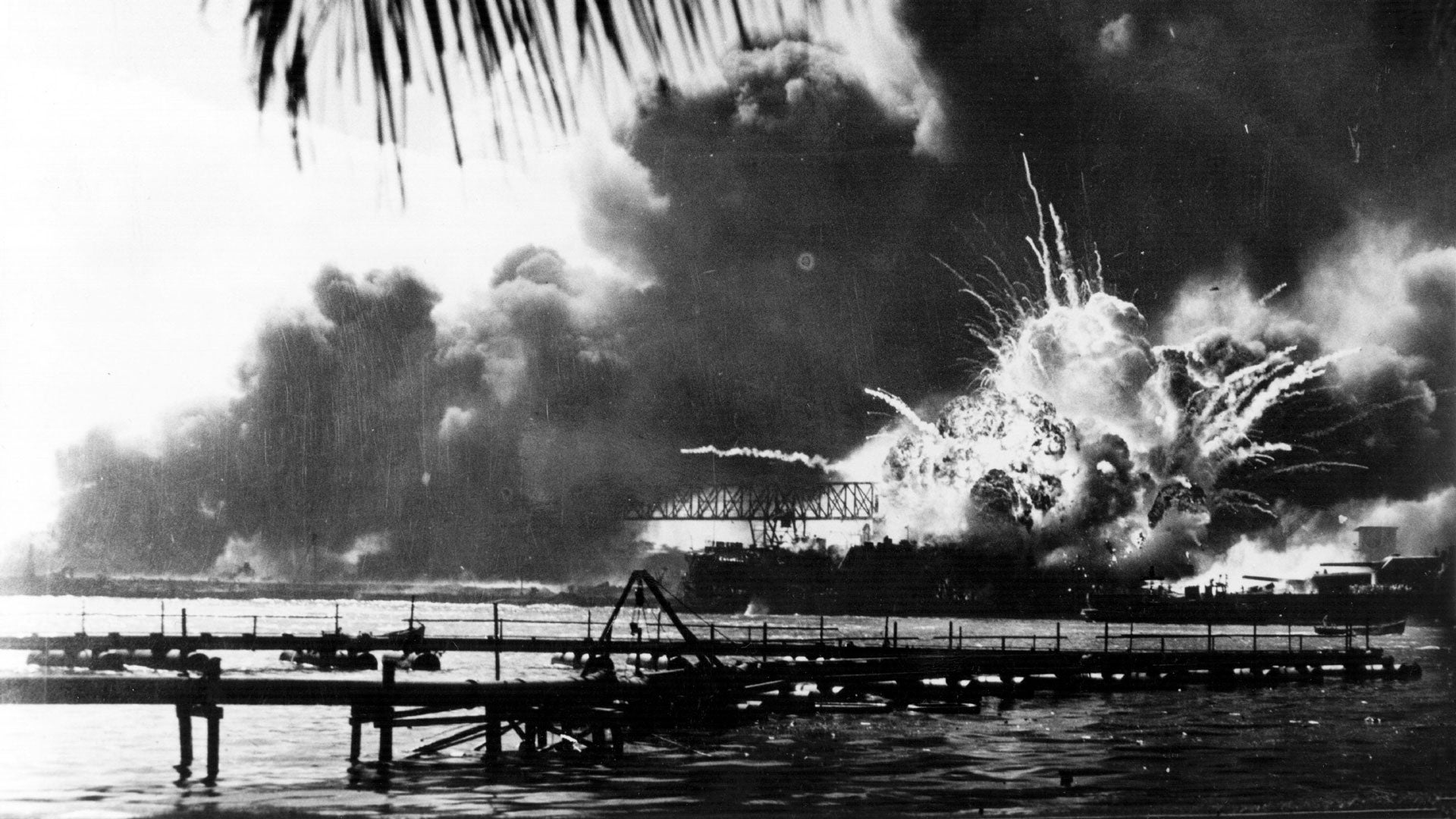
Battle of Britain
A significant military campaign in 1940 where the Royal Air Force defended the United Kingdom against large-scale attacks by Nazi Germany's air force, the Luftwaffe, marking the first major defeat of Hitler's military forces.
Battle of Stalingrad
A major battle from 1942 to 1943 during World War II in which the Soviet Union defended the city of () against a brutal invasion by Nazi Germany, resulting in a decisive Soviet victory and a turning point in the war.
Battle of El Alamein
A significant battle in North Africa during World War II, fought from October to November 1942, where Allied forces, under British General Bernard Montgomery, achieved a decisive victory against Axis troops led by Field Marshal Erwin Rommel.
Battle of Midway
A crucial naval battle fought in June 1942 between the United States and Japan, where the U.S. Navy decisively defeated an attacking fleet, marking a turning point in the Pacific Theater of World War II.
Island Hopping
A military strategy employed by the Allies in the Pacific during World War II, involving the capture of strategically important islands while bypassing others to establish a series of bases closer to Japan.
Franklin D. Roosevelt
President of the United States during WWII that led the nation through the conflict, implementing the Lend-Lease Act to support Allied countries, and mobilizing American industry for war production.
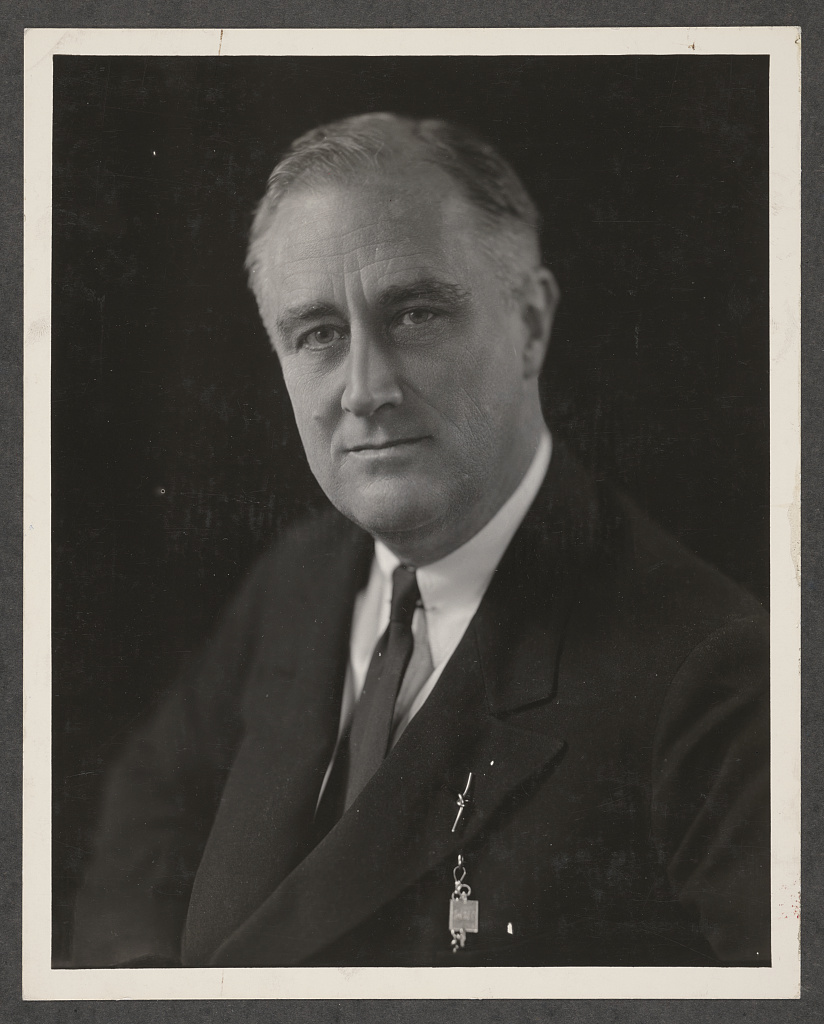
D-Day
The Allied invasion of Normandy and the beginning of ‘Operation Overlord’ during World War II, marking the beginning of the liberation of Western Europe from Nazi control.
Dunkirk
Also known as Operation Dynamo, was the evacuation of more than 338,000 Allied soldiers during the Second World War from the beaches and harbor of France.
V-E Day
Marks the first step to the end of World War II in Europe, since a German forces surrender to the Allies. May 8th, 1945.
Albert Einstein
German-born physicist who developed the theory of relativity that became the basis for nuclear weapons (although was a pacifist) and won the Nobel Prize for Physics.
Manhattan Project
Top-secret mission in the United States that had the goal to develop a nuclear weapon (the atomic bomb) quicker than Nazi Germany.
Robert Oppenheimer
Responsible for the research and design of the atomic bomb in the Manhattan Project in the United States
Trinity Test
The world’s first nuclear explosion in New Mexico by the Manhattan Project researchers, testing the efficacy of the atomic bomb.
Luftwaffe
Component of the German armed forces tasked with air defense, the German Air Force. It was the largest and most formidable in Europe.
Kamikaze
Japanese pilot that deliberately crashes into enemy targets, usually ships. Ends up in suicide. May also be the aircraft used.
Hiroshima
City in Japan that was the first to be bombed by an official nuclear bomb, causing the deaths of more than 80,000 people and devastation to the area.
Nagasaki
City in Japan that was bombed shortly after Hiroshima, causing the deaths of more than 40,000 people and forcing Japan to surrender.
Firebombing
A bombing technique that attacks or destroys with a bomb that causes fire. Most often used in urban areas towards civilians rather than in the actual fighting.
Atomic bomb
A nuclear Weapon with great explosive power that results from the sudden release of energy. Created in World War Two, and is based on the theory of relativity by Albert Einstein.
V-J Day
Marks the end of WWII in Japan, it is the official surrender of the Japanese on August 14, 1945, marking the end of WWII.
Big Three
The three Great Allied powers— Great Britain, the Soviet Union, and the United States.
Tehran Conference
Meeting between Franklin D. Roosevelt (US), Winston Churchill (Britain), and Joseph Stalin (USSR), in Iran to discuss their military strategies to defeat the Axis Powers.
Yalta Conference
Conference (after the Tehran conference) after having liberated France and Belgium from Nazi occupation in which the Big Three met up to discuss the plans for the end of WWII and the fate of the world, specifically Europe.
Potsdam Conference
Conference in which the big three— led by Truman (US), Churchill (Britain), and Stalin (USSR)— negotiated the terms for the end of WWII. Mainly focused on how to deal with Germany and remake it at the end of the war.
Nuclear Proliferation
The spread of nuclear weapons technology, or fissile material to countries that do not already possess them.
Total War Economy
Nation fully mobilizes its resources to support the war effort, prioritizing military victory over civilian needs. Often involves government control over industries, labor, and resource allocation.